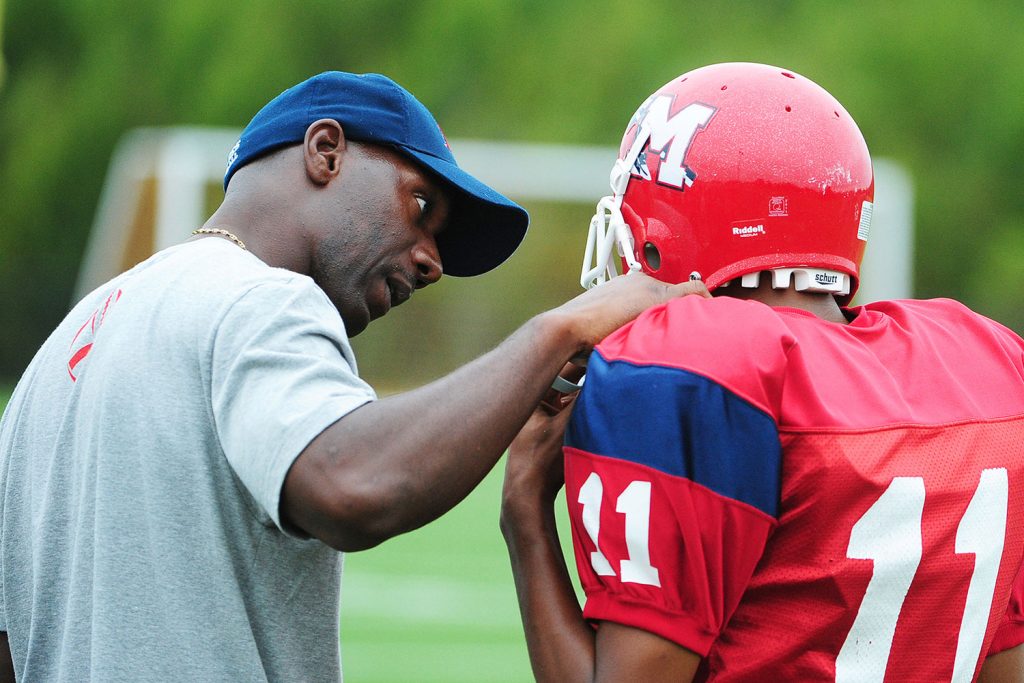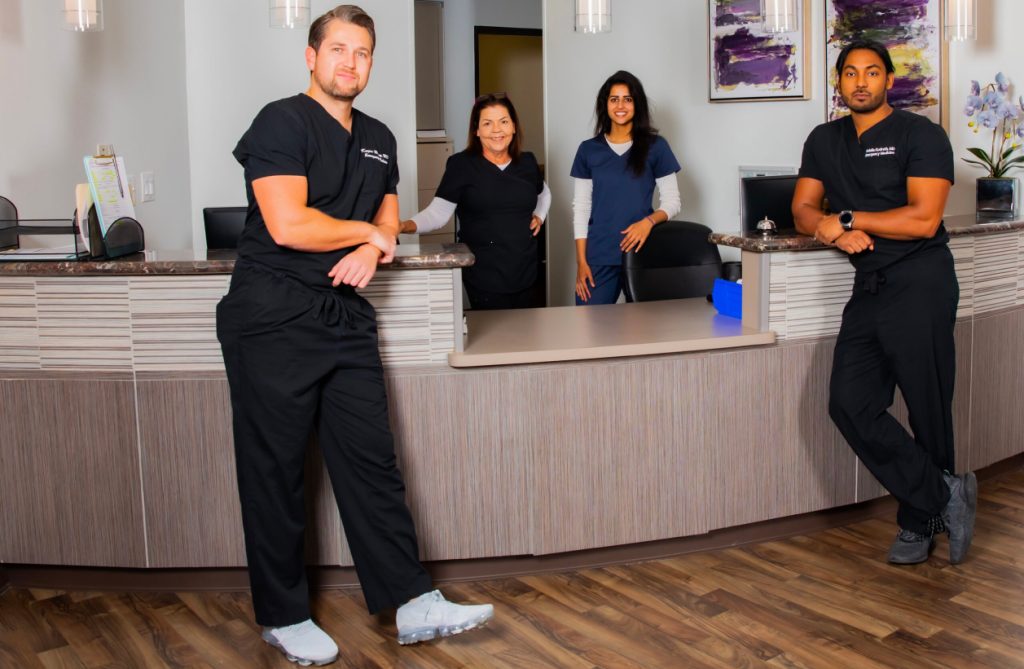Youth Sports Injuries, Warning Signs and Prevention
Playing sports helps children and teens maintain optimal fitness levels, boost their self-esteem, and improve their coordination.
Despite the many benefits of sports, it’s not without its risks. Because young athletes are still growing, they have a greater chance of injury than adults.
Thankfully, many sports-related injuries are preventable and early treatment can help reduce the chance of long-term consequences.
At Supreme Care ER the finest emergency room in Cypress Texas near Jersey Village, we’re happy to provide you with the emergency care that you need in the event of a medical emergency.
Youth Sports Injuries by the Numbers
An estimated 45 million children and adolescents participate in organized athletics in the United States. So, it’s not surprising that sports are one of the primary causes of injury in young people, as data from the National Safety Council (NSC) shows:
- More than 1 million sports-related ER visits involve children ages 5-14
- An additional 821,000 patients ages 15-24 are treated in the ER for sports-related injuries every year

Most Common Youth Sports-Related Injuries and How to Prevent Them
Injury prevention is always the best option, but accidents do happen, so knowing how to recognize if your child needs emergency care is equally important.
Broken Bones (Fractures)
Broken bones are typically associated with falls or a blow to the body. However, overuse and not getting enough rest can result in stress fractures.
A stress fracture occurs when the muscles are too tired to support the impact of exercise. When this happens, the bones absorb the added stress directly and become strained, which can lead to tiny fractures.

Symptoms of a Broken Bone
- Pain or swelling in the injured limb
- Bruising or discoloration at the site of injury
- The wounded area feels warm to the touch
- The bone looks visibly deformed or misaligned
- Trouble using, moving, or bearing weight on the injured joint
Preventing Fractures
- Follow a nutritious diet that is rich in calcium and vitamin D to help keep bones strong and healthy
- Alternate physical activities (cross-training) to avoid overusing particular muscles
- Only allow your child to practice age-appropriate physical activities
- Make your child warms up before practice and games and also cool down afterward
- Wear appropriate protective gear
- Get plenty of rest in between workouts
- To prevent reinjury, don’t allow your child to resume exercise too quickly after an injury or stress fracture
When to Go to the ER
Broken bones will always require medical attention to ensure the bone heals properly. If you believe your child has a broken bone, please take them to the nearest emergency room for evaluation and treatment.
Sprains and Strains
Sprains and strains are some of the most common sports-related injuries. Although their name is similar, these are two different types of injury.
Sprains: This type of injury involves a torn or stretched ligament. Ligaments are strong, flexible fibers that connect two bones in your joints.
Strain: This is an injury involving your muscles or tendons. Tendons are strong, flexible tissue cords connecting your bone to your muscle.

Symptoms of Sprains and Strains
- Pain, tenderness, or weakness on or around a joint such as an ankle, knee, wrist, leg, or arm
- Swelling or bruising at the injured site
- Unable to put weight, move, or use the injured joint
- Muscle spasms or cramps
Preventing Sprains and Strains
You can’t always prevent a sprain or strain from happening, but there is a lot you can do to minimize your child’s risk of sustaining this type of injury.
- Make sure they warm up and stretch correctly before exercise
- They should only work out when they are well-rested. Please don’t allow them to train when they are tired or in pain
- Ensure they wear appropriate footwear
- Have them wear protective gear or braces during sports
When to Go to the ER
Mild sprains and strains can heal at home with plenty of rest and ice packs. However, severe strains and sprains can be painful and lead to long-term injuries without proper medical treatment. So, please bring your child to the emergency for an evaluation and treatment as soon as possible.
Traumatic Brain Injuries
The CDC estimates that some 283,000 children visit the emergency room yearly due to sports-related traumatic brain injuries (TBI), such as concussions.
Concussions are serious and take time to heal. To help protect your child, ensure they resume their physical activity gradually.

Symptoms of TBI
- Loss of consciousness after a blow to the head or body
- Headache
- Convulsions or seizures
- Nausea
- Vision problems, including blurred vision or enlarged pupils
- Slurred speech
- Trouble remembering things
- Difficulty focusing their attention or thinking clearly
- Unexplained irritability
- Depression or anxiety
- Trouble sleeping or sleeping too much
- Unexplained fatigue
- Numbness or tingling
Preventing Traumatic Brain Injuries
- Make sure your child wears appropriately fitting protective gear, including helmets
- Coaches need to enforce rules of safe play and sportsmanship to prevent injuries on the field
- Don’t allow your child to return to the game or training field if they sustain a blunt hit until a physician clears them for play
When to go to the ER
Any injury involving the brain needs medical evaluation, even if your child claims they feel fine. So if you suspect a concussion, please don’t delay to come to our emergency room for diagnostics and treatment.

At Supreme Care ER, we always encourage young people to lead an active lifestyle, and sports are a great way to stay healthy. Unfortunately, no matter how much parents try to protect their children, sports accidents can happen at any moment. Our ER is always available to treat every family member regardless of their age.
At Supreme Care ER in Houston, the finest emergency room in Cypress, Texas, we’re happy to provide you with the emergency care you need in the event of a medical emergency. We are conveniently located at 9530 Jones Road, Houston, Texas, 77065. We’re fast and remain open 24 hours year-round.

Where to go in Case of an Emergency?
At Supreme Care ER, our doors remain open to provide the very best ER care for you and your family. We’re located at 9530 Jones Road, Houston, Texas 77065.










